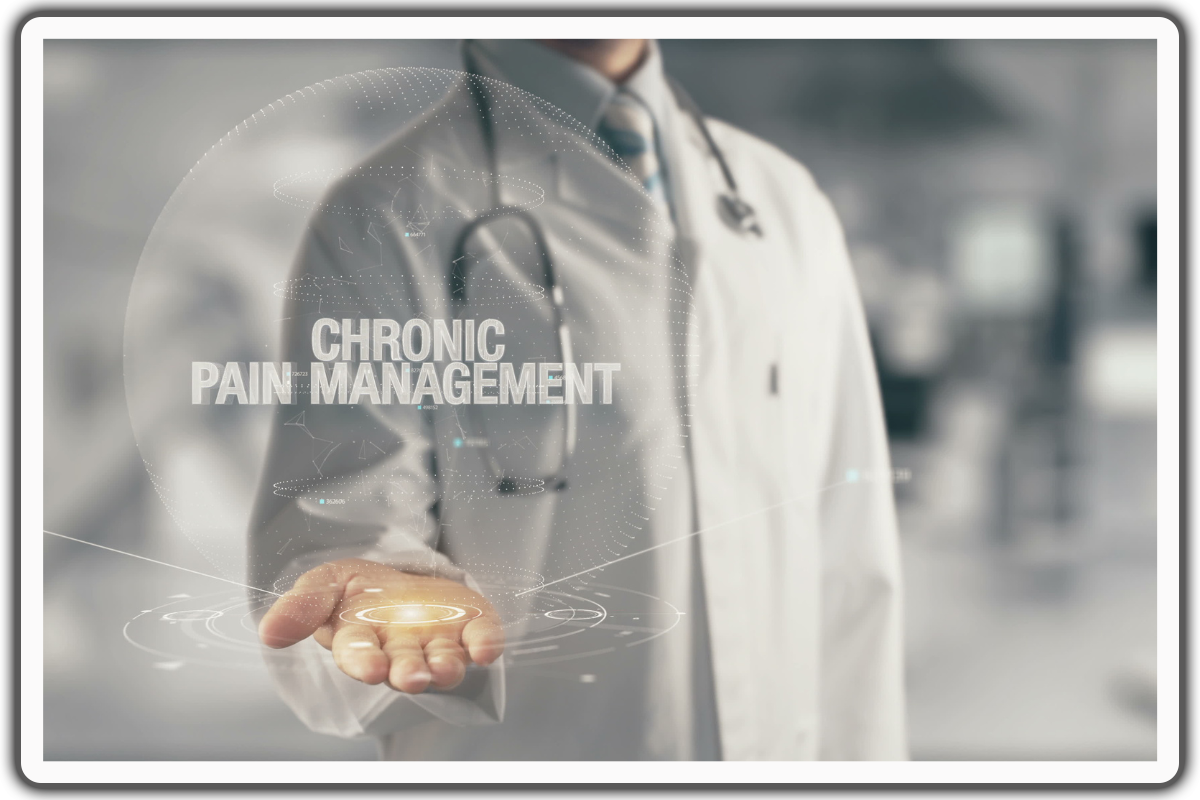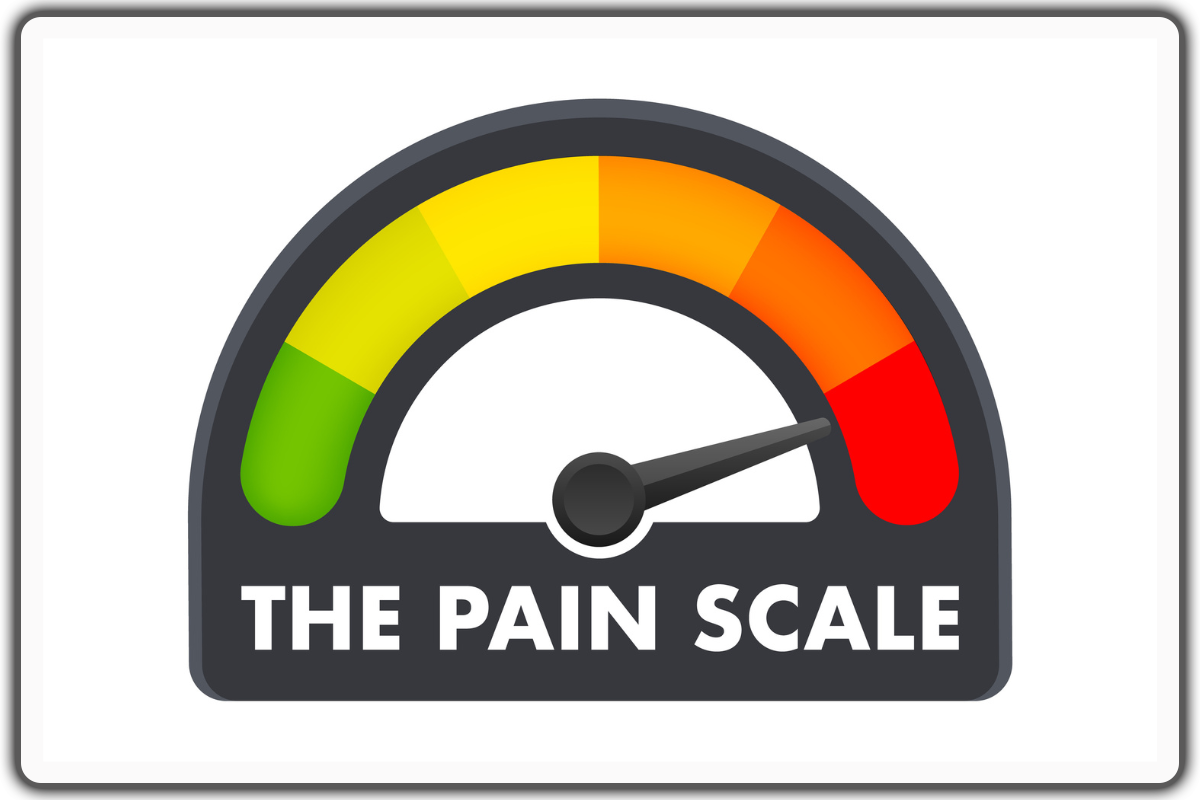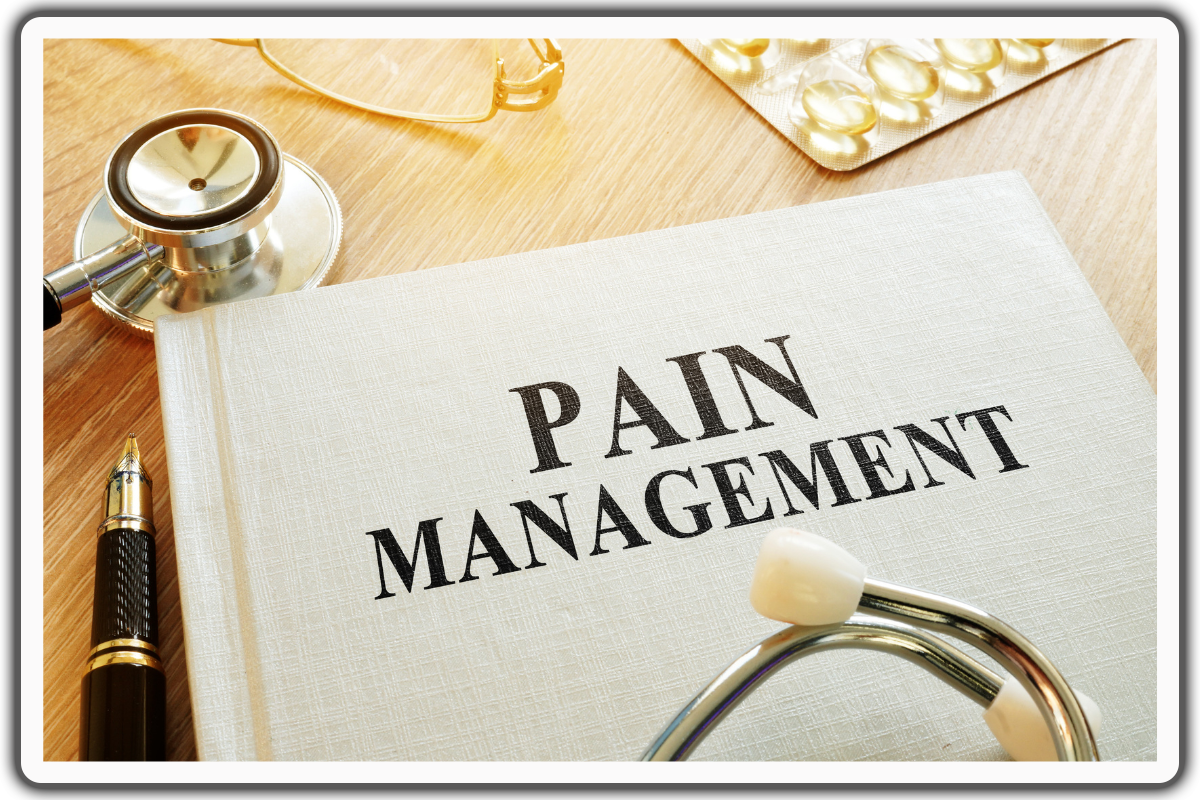Is Pain Neuroscience Education the Key to Finally Beating Chronic Pain?
Chronic pain affects millions of people worldwide, persisting for months or even years and significantly impacting daily functioning. Pain Neuroscience Education (PNE) has emerged as a promising strategy for managing chronic pain.
According to Dr. Ravindran, Pain neuroscience education (PNE) is a fascinating and impactful approach to managing pain. It involves teaching patients about the neurobiology and neurophysiology of pain, helping them understand how their nervous system processes pain signals.
This education can reduce fear, catastrophization, and also even pain itself, while improving function and psychological well-being.
Pain Neuroscience Education (PNE) helps individuals understand how pain works, particularly in chronic conditions like low back pain (CLBP). It focuses on educating patients about pain mechanisms, helping them realize that pain is not always linked to tissue damage.
What is Pain Neuroscience Education?
Pain Neuroscience Education (PNE) aims to help individuals understand how pain is produced and processed in the body and brain. It explains the role of the central and peripheral nervous systems in generating and modulating pain. The goal is to help people manage their chronic pain by learning about what causes it.
PNE doesn’t involve medicine but can be used along with other treatments. It focuses on changing how people think about pain and reducing fear, making it easier for them to cope with their discomfort.
- The Role of Education in Pain Management: Teaching patients about pain can help them understand it better, which can reduce fear and also anxiety.
Changing How We Think About Pain: When patients understand how pain works, they can change wrong beliefs, like thinking pain always means harm.
Breaking the Fear-Avoidance Cycle: Learning about pain helps patients stop avoiding activities because of fear, which can actually make pain worse over time.
Pain is a complex experience that involves interactions between the body, nervous system, and brain. When your tissues are hurt, nerve receptors send messages to your spinal cord, which then sends them to your brain. The brain processes these messages and makes you feel pain. This process is affected by many things, like your emotions, thoughts, and past experiences also.
The biopsychosocial model of pain shows that pain isn’t just about the body; it also involves your mind and your social life. This model explains how the brain, emotions, mental health, social support, and your surroundings all play a role in how you experience pain. It suggests that by understanding and dealing with all these factors, you can manage chronic pain more effectively.
Importance of PNE in Managing Chronic Pain
- Empowers Patients: Most treatments for chronic low back pain focus only on the body (like muscles or joints) or mental factors (like stress). PNE contributes by enhancing patient understanding of how the brain and nervous system contribute to the experience of pain.
Reduces Fear and Anxiety: Studies show that PNE [²] can reduce pain, disability, and excessive worry about pain, while also helping improve movement. It helps patients cope with pain by making the pain feel more normal and lowering the fear and anxiety that come with it.
By teaching patients how pain signals are processed in the brain, PNE helps lower fear and anxiety. This makes it easier for patients to manage their pain and feel more in control of their chronic pain.
Enhances Self-Management: PNE improves both physical and psychological outcomes by promoting healthy coping strategies and reducing maladaptive beliefs. PNE is a useful addition to managing chronic musculoskeletal pain and should be included in treatment plans.
Shifts Pain Perception: PNE helps patients understand that pain is more than just a physical feeling. It encourages them to challenge harmful beliefs, like thinking "pain always means damage."
Improves Pain Management: By learning how pain [³] works, patients are more likely to use helpful coping strategies and make positive changes in their lifestyle to manage chronic pain.
Non-Pharmacological Approach: PNE is a drug-free treatment that can be used along with other therapies, making it a helpful addition to regular medical treatments.
PNE is a helpful tool for managing chronic pain by teaching patients how pain works in the body and mind, including how the central nervous system processes pain signals. Pain neuroscience education (PNE) works best when combined with other treatments, like physical therapy or exercise.
Studies show that PNE, along with pain neurophysiology education, can be particularly effective in reducing pressure pain threshold and improving the overall pain experience.
PNE shows great potential [⁴] for helping both adults and children manage their chronic pain more effectively, especially when combined with randomized controlled trial methods to validate its benefits.
FAQs
What is the pain neuroscience alarm system?
The pain neuroscience alarm system refers to how the brain reacts to signals that might indicate injury or danger. Even when there is no actual injury, the brain can "turn on" pain as a warning signal.
This system is influenced by emotions, stress, and past experiences, which can amplify pain perception and make it feel more intense than it truly is.
What part of the brain controls pain?
Pain is processed in several areas of the brain. The thalamus sends pain signals, the somatosensory cortex helps locate where the pain is, and the amygdala is involved in how we feel about the pain.
Together, these brain areas shape how we perceive and react to pain, underscoring the complexity of pain neurophysiology.
What is the goal of pain management?
The main goal of pain management is to reduce pain, improve movement, and enhance comfort and well-being. It uses education, physical therapy, and other treatments to improve quality of life, with written pain neuroscience education helping patients better understand their pain.
References:
(1) Robins, H., Perron, V., Heathcote, L. C., & Simons, L. E. (2016). Pain neuroscience education: State of the art and application in pediatrics. Children, 3(4), 43. https://doi.org/10.3390/children3040043
(2) Louw, A., Puentedura, E. J., Diener, I., & Landers, M. R. (2016). Know pain, know gain? A perspective on pain neuroscience education in physical therapy. Journal of Orthopaedic & Sports Physical Therapy, 46(3), 131–134. https://doi.org/10.2519/jospt.2016.0602
(3) Louw, A., Zimney, K., Puentedura, E. J., & Diener, I. (2016). The efficacy of pain neuroscience education on musculoskeletal pain: A systematic review of the literature. Physiotherapy Theory and Practice, 32(5), 332–355. https://doi.org/10.1080/09593985.2016.1194646)
(4) Robins, H., Perron, V., Heathcote, L. C., & Simons, L. E. (2016). Pain neuroscience education: State of the art and application in pediatrics. Children, 3(4), 43. https://doi.org/10.3390/children3040043




